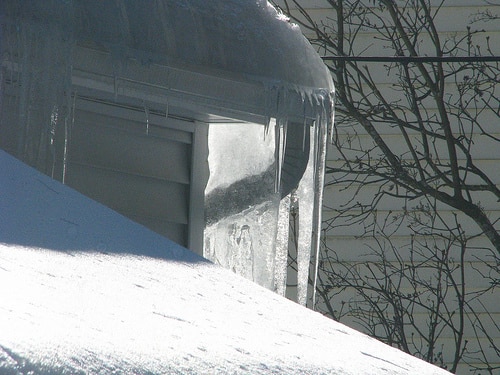
The formation of ice dams on the roof can spell disaster for any homeowner and is an issue that must be solved quickly. Ice dams are the name referring to the buildup of ice on the eaves of the roof which can cause standing water to be caught on the shingles. How do ice dams […]
Getting into the habit of inspecting your roof can save you a lot of time and money in the long run. Your roof is what protects your home from Mother Nature and it’s important that you take the time to inspect your roof and fix any problems with it before extensive damage occurs. Throughout the […]